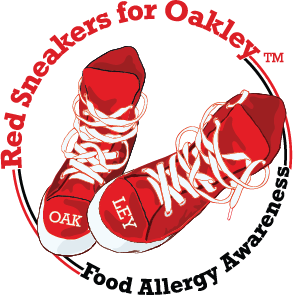Managing Oral Allergy Syndrome
Individuals with Oral Allergy Syndrome (OAS), also known as pollen-food syndrome, often experience allergic reactions, such as itching, tingling, or swelling of the lips, mouth, throat, and sometimes the skin around the mouth, when they consume certain raw fruits, vegetables, and nuts.
For this reason, most people with OAS avoid eating raw fruits and vegetables they are allergic to. BUT there IS one way that these individuals can consume these fruits, vegetables, or nuts.
How? By cooking or peeling them.
Here's why this works:
HEAT DENATURES PROTEINS
When you cook fruits and vegetables at high temperatures, the cooking process denatures the proteins responsible for the allergic reaction. That is, heat breaks down the proteins that trigger the allergic response.
PEELED VARIETIES HAVE LOWER PROTEIN CONTENT
The skin of fruits and vegetables holds problematic proteins that are often concentrated on them. When the skin is removed, the overall protein content gets reduced. This makes the fruit and vegetable less likely to trigger an allergic reaction.
Here is a general list of fruits and vegetables that are often considered safe to be consumed by individuals with OAS when cooked or peeled:
Fruits:
Apples (baked or stewed)
Pears
Peaches
Plums
Cherries (baked or canned)
Vegetables:
Carrots
Potatoes (baked or boiled)
Zucchini
Pumpkin (baked or boiled)
Sweet Potatoes (baked or boiled)
Celery
IMPORTANT NOTE: Individual tolerance can vary. ALWAYS consult an allergist/healthcare professional for advice on specific allergies and reactions. Red Sneakers for Oakley does not offer medical advice. All medical information is obtained from reliable websites, experts, and publishers.
Source: foodallergycanada.ca/ask-the-dietitian-oral-allergy-syndrome-pollen-food-syndrome/
